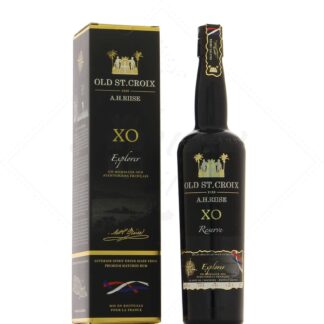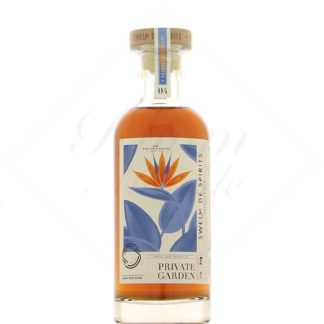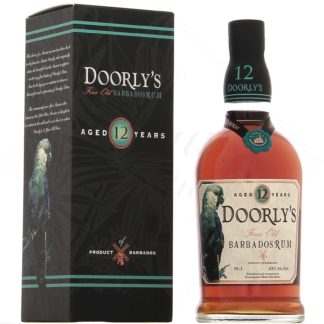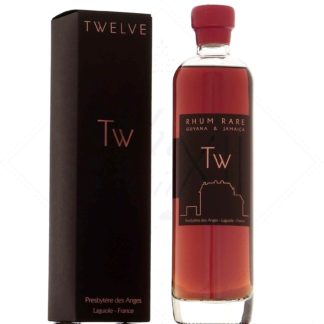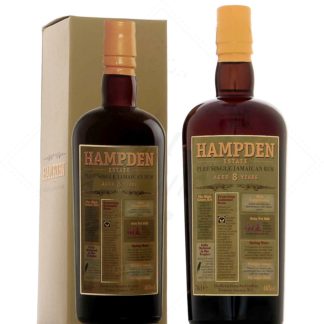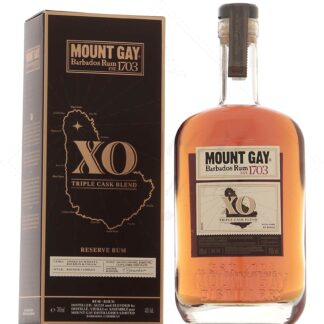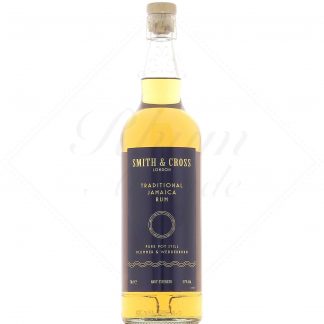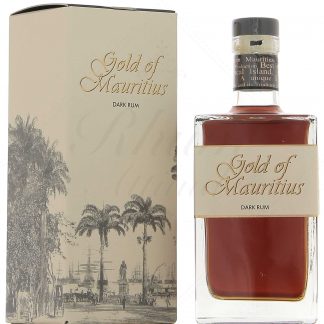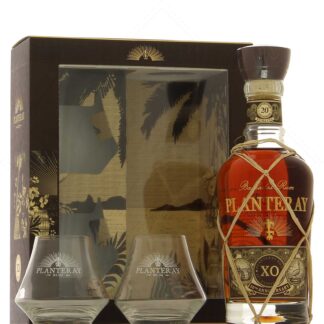Traditional English Rum
The English rum tradition is linked to colonial history, i.e. to the colonizing country that most influenced rum production in a given place. This particular tradition can be found in former English colonies such as Barbados, Jamaica, Trinidad and Grenada.
This classification is becoming less and less relevant, as in reality there are many exceptions; however, it remains a good basis for understanding production methods, consumption habits and the resulting styles of rums.
A brief history of traditional English rum
Although the first distillations of sugarcane took place in the Portuguese colonies of Madeira, the Azores and Brazil, the first written records of rum distillation and trade were found in Barbados, dating back to around 1630.
The first "finished" rums, or at least superior rums, also came from this island. Indeed, in 1654, it was said that "Barbados water" was the best there was. Jamaica also quickly established itself, with its highly aromatic rums and consistent quality.
The oldest official distillery still in operation also belongs to this tradition, being Mount Gay, established in Barbados in 1703.
British distilling expertise is at the root of this success, as it was they who imported the tried and tested whisky techniques of double distillation in pot-stills.
In the 18th century, the British West Indies dominated the world of rum, with Barbados and Jamaica still at the forefront. It wasn't until the end of the same century that the French in Santo Domingo overtook them. Barbados, Jamaica, Grenada, Antigua and Saint Kitts exported their powerful, aromatic and infinitely dilutable rums to Europe and North America like never before. Trinidad also joined the English fold during this century. Far from the West Indies, Australia and the Fiji Islands are also part of this English style.
Navy Rum, an emblematic style
Traditional English rum is closely linked to the British Navy. Sailors received a daily ration of rum until 1970, but the legend of this type of rum has continued to this day, thanks to blends such as Pusser's. This Navy Rum was made up of rums provisioned during sailings and ports of call, and therefore mainly English-style rums. This is perhaps the style of rum that best reflects the English rum tradition.
In the early 19th century, the end of Saint-Domingue and the proclamation of Haiti benefited the English. Their rum was still of excellent quality, and they were ready to regain the lead (although Cuba, and later Martinique, were also serious competitors). Guyana passed into British hands in 1813, followed by St. Lucia the following year. The opportunity was taken to build large distilleries, and quickly equip them with the brand-new distillation columns that had just been perfected. Barbados and Jamaica, however, did not adopt the column until 1893 and 1960 respectively.
By the end of the century, Guyana's Demerara region was second only to Martinique in terms of production. The early 20th century was a difficult time for everyone, with sugar crises raging and distilleries regrouping. For more recent history, we invite you to consult the pages of each producing country.
English-style rum
If one were to sum up the English style, one could speak of traditional molasses rum and pot-still distillation. Repasse stills are characteristic of the style, as they are rarely found elsewhere. Still distillates are often coupled with column distillates, as is the case in Barbados, St. Lucia, Guyana and Fiji. Jamaica has the distinction of having a high proportion of rums distilled exclusively in stills.
These are rather dry rums, with little added sugar, and a full-bodied but balanced character. As elsewhere, aging is typically in old bourbon casks.
There are, of course, many exceptions. Trinidad, for example, tends to produce lighter rums. Some distilleries in Grenada and Barbados use pure cane juice syrup, not molasses. Some islands now affiliated to France, such as Mauritius and Reunion, have a style that might be closer to the English tradition. This is also true of rums from Belize, despite the country's location in Central America.
To get a good idea of traditional English rums, try Doorly's XO from Barbados,Appleton 12 ans from Jamaica,El Dorado 15 ans from Guyana, or Chairman's Reserve Legacy from Saint Lucia. Read less
-
-
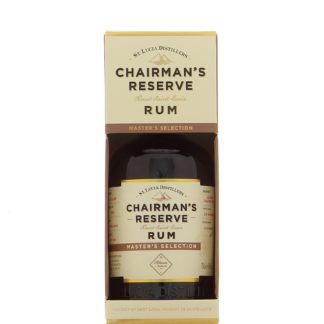
Chairman's Reserve Brut de cask 2010 13 years selection Rum Attitude 61°
- Saint Lucia
- 61 ° - 70 cl
8 notice -
-
-
-
-
-
-
-
-
-


